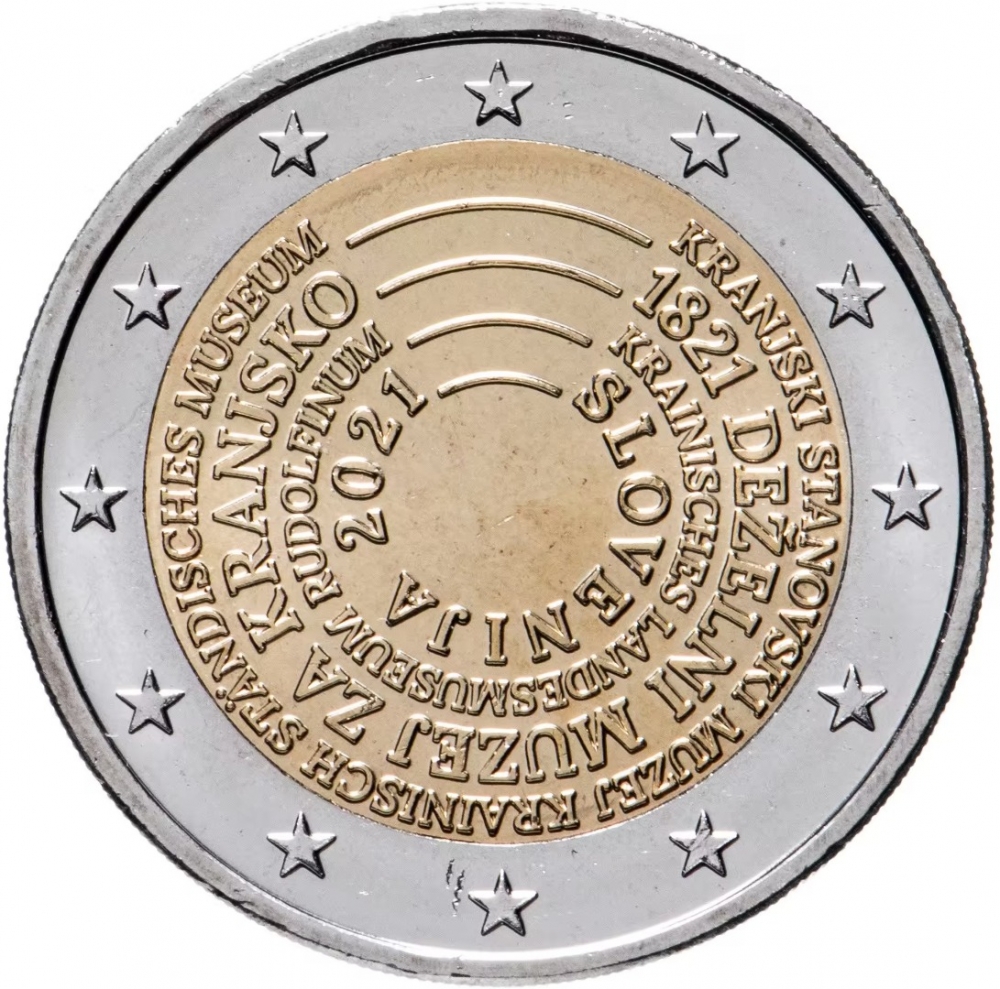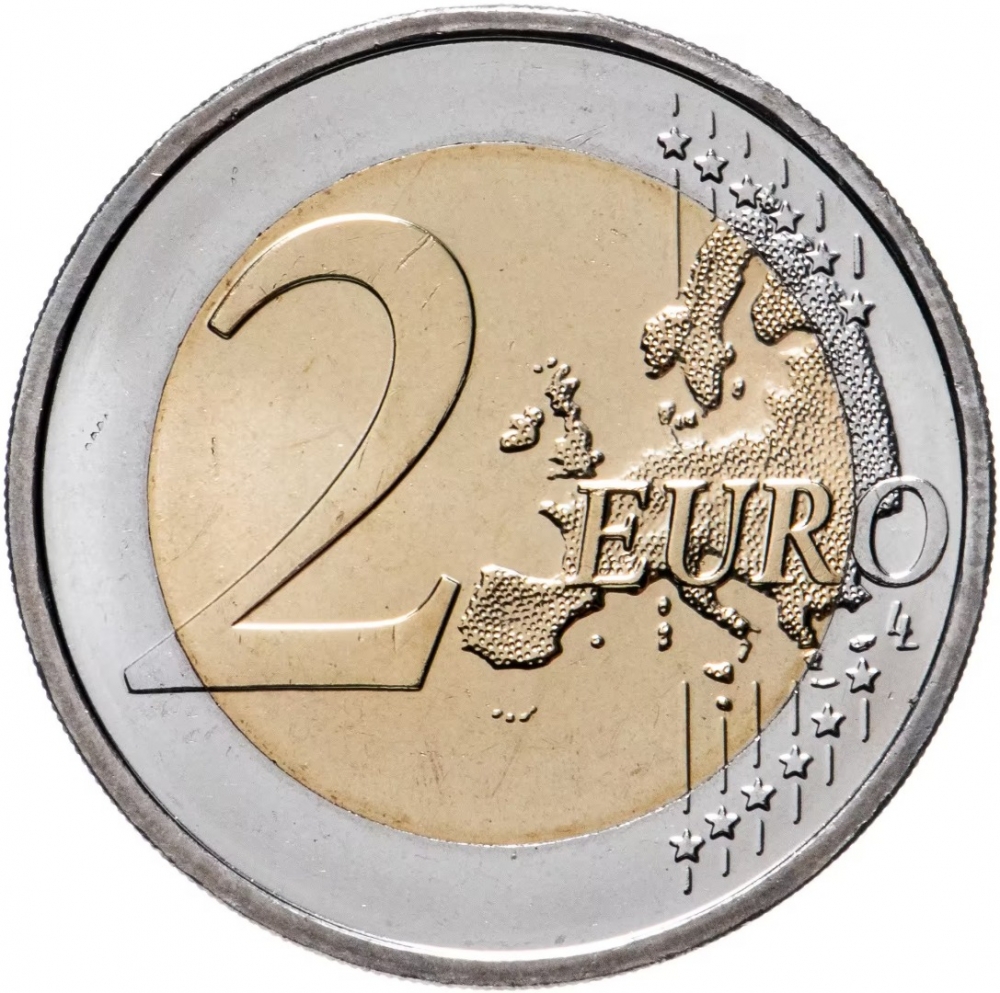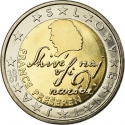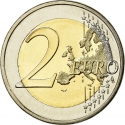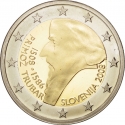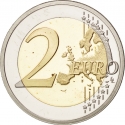You are about to finish your registration. Please check your mailbox (including spam folder). There should be a letter with a confirmation link. Check setting to make sure that your e-mail address is correct.
Send letter againDescription
The National Museum of Slovenia (Slovene: Narodni muzej Slovenije) is located in Ljubljana, the capital of Slovenia. It is situated in the Center district of the city near Tivoli City Park. Along with the Slovenian Museum of Natural History, located in the same building, the National Museum of Slovenia is the country's oldest scientific and cultural institution. The museum has an extensive collection of archaeological artefacts, old coins and banknotes (in the numismatics department on the ground floor) and displays related to the applied arts.
The museum was founded in 1821 as the "Estate Museum of Carniola" (German: Krainisch Ständisches Museum). Five years later, the Austrian Emperor Francis I decided to personally sponsor the museum and ordered its renaming to "Provincial Museum of Carniola". In 1882, the museum was renamed to "Provincial Museum of Carniola - Rudolfinum" in honour of the Crown Prince Rudolph.
After the establishment of the Kingdom of Serbs, Croats and Slovenes, the name was changed to "National Museum". In 1923 the ethnographic collections possessed by the museum were removed and placed in the new Slovene Ethnographic Museum and in 1933 much of its fine artwork was moved to the National Gallery of Slovenia. In 1944 the Slovenian Museum of Natural History (then known as the Museum of Natural Sciences) became independent despite being located in the same building. In 1953 the majority of archives were moved to the Gruber Palace.
Renamed to National Museum of Slovenia in 1992, today the museum is divided into Archaeological Department, a Numismatic Cabinet, a Department of Prints and Drawings and a Department of History and the Applied Arts.
Issue date: 25 October 2021
Obverse

|
Depicts the various names of the oldest Slovenian museum over the past 200 years in three of four concentric circles in both Slovenian and German, with a tribute and recontextualization of the current logo and as part of the traditional legacy of the Austro-Hungarian Danube monarchy. The issuing country and the year are shown in the innermost circle. The twelve stars of the European flag are depicted on the outer ring of the coin. SLOVENIJA 2021 |
|---|---|
Reverse

|
A geographical map of Western Europe spans the outer ring and inner core on the right side of the coin. The inscription 2 EURO is superimposed over the map of Europe, with the numeral “2” located in an open field representing the eastern Atlantic Ocean. 2 EURO |
| Edge |
SLOVENIA in Slovene SLOVENIJA • |
Characteristics
| Type | Commemorative Issue (Circulating) |
| Material | Bi-Metallic |
| Ring | Cupronickel |
| Center | Nickel Brass |
| Weight | 8.5 g |
| Diameter | 25.75 mm |
| Thickness | 2.2 mm |
| Shape |
|
| Alignment | Medal |
| Mint |
Kremnica Mint (MK)
|
Related coins
50th Anniversary of the Treaty of Rome
